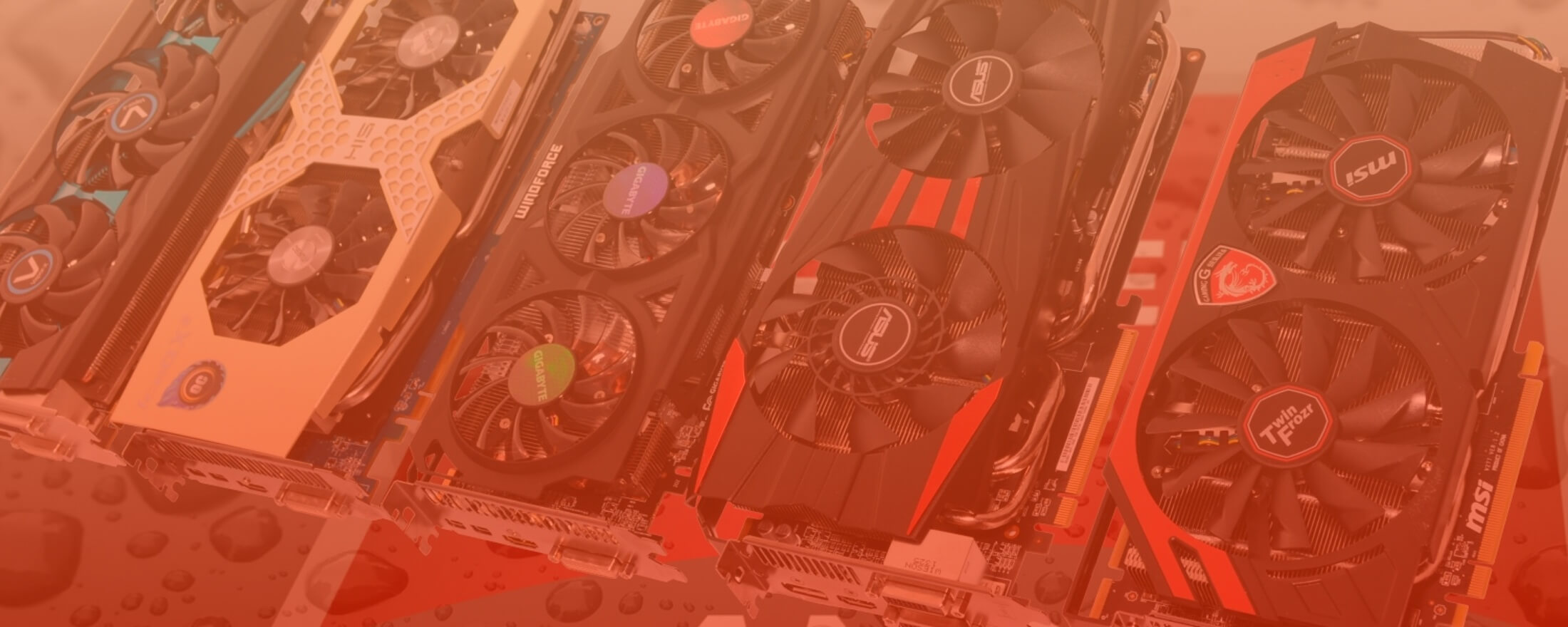Continuing along with revisiting some of our favorite old graphics cards, today we'll be checking back in with the Radeon R9 280X, which is also to say that we're checking back in with the 7970 GHz Edition, both of which are essentially a factory overclocked Radeon HD 7970, so we'll technically be revisiting that, too, the very same card we first reviewed in December 2011!
All three cards are based on the same 'Tahiti XT' GPU and they all feature 2048 cores, 128 texture mapping units and 32 render output units, as well as the same GDDR5 memory interface using a 384-bit wide memory bus. The only real changes were made to the core and memory clock speeds, though the 7970 GHz Edition and R9 280X are similar, and again, are basically overclocked versions of the original 7970.

For some back story on that, AMD's decision to overclock the 7970 by almost 15% and create the 7970 GHz Edition (which fetched a $50 premium) was an attempt to compete with the GeForce GTX 680 and reclaim the performance crown in 2012. Some 18 months later with nothing new to offer, the 7970 GHz Edition was rebranded as the R9 280X and its MSRP dropped from $500 to $300, so even though we were getting the same performance, at least it was a bit cheaper.
Shortly after the 280X release, the Radeon 200 series was completed with some GCN 2nd generation parts including the R9 290, 290X and 295X2. We also got the 3rd generation Radeon R9 285, but that model was a bit of a flop.
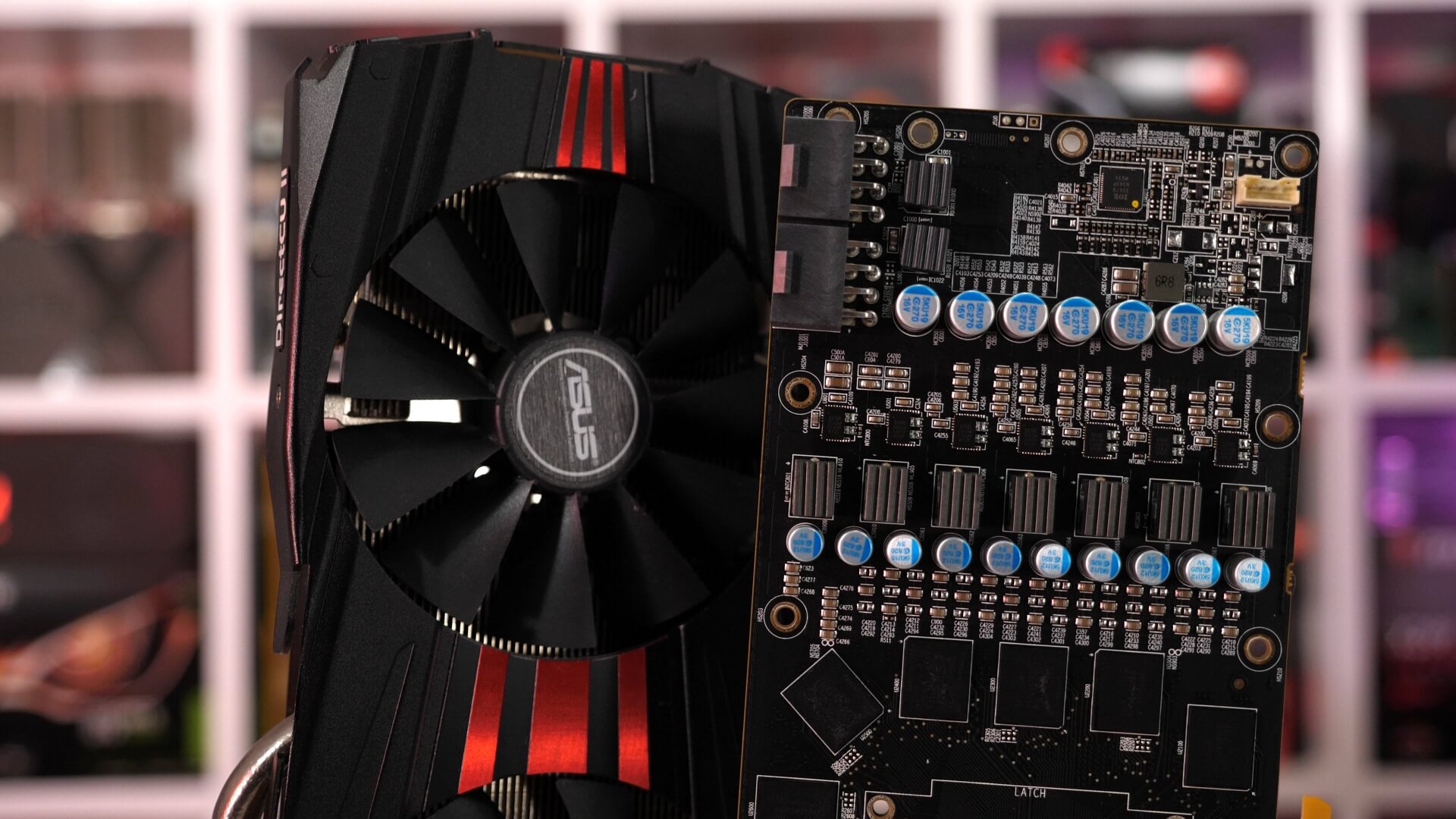
Even though it was a rebadged offering, the Radeon 280X was actually a hot item at its introduction MSRP and sold quite well. Today they can be found selling for $120 to $190 on the second-hand market, and given today's horrible market conditions, that puts it on par with the price of cards such as the GTX 1050 and RX 560. Which of those options provides the best results for those seeking the maximum value, you ask? Well, we're about to find out.
Representing the vintage GPU is a Sapphire Vapor-X R9 280X 3G. All benchmarking was conducted on our Corsair GPU test rig which is comprised of a Core i7-8700K clocked at 5GHz as well as 32GB of Vengeance DDR4-3200 memory.
Benchmark Time
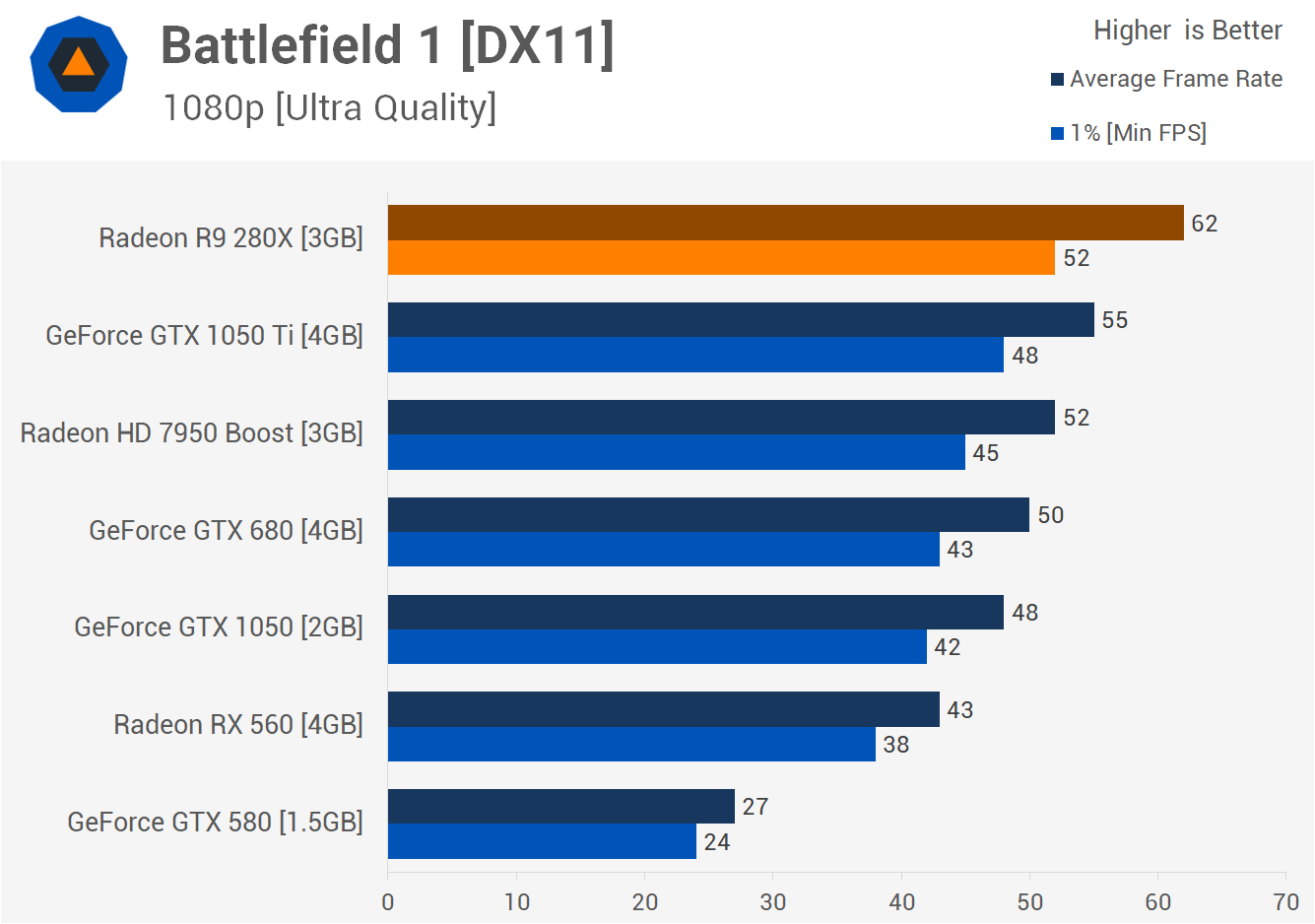
The Radeon R9 280X gets off to a flying start in our Battlefield 1 test and it's the first older card we've revisited this year that is able to average more than 60fps in this title at 1080p using the ultra quality settings. As a result, it was 13% faster than the GTX 1050 Ti and 24% faster than the GTX 680, which also means the 7970 GHz Edition would be at least 20% faster in this title.
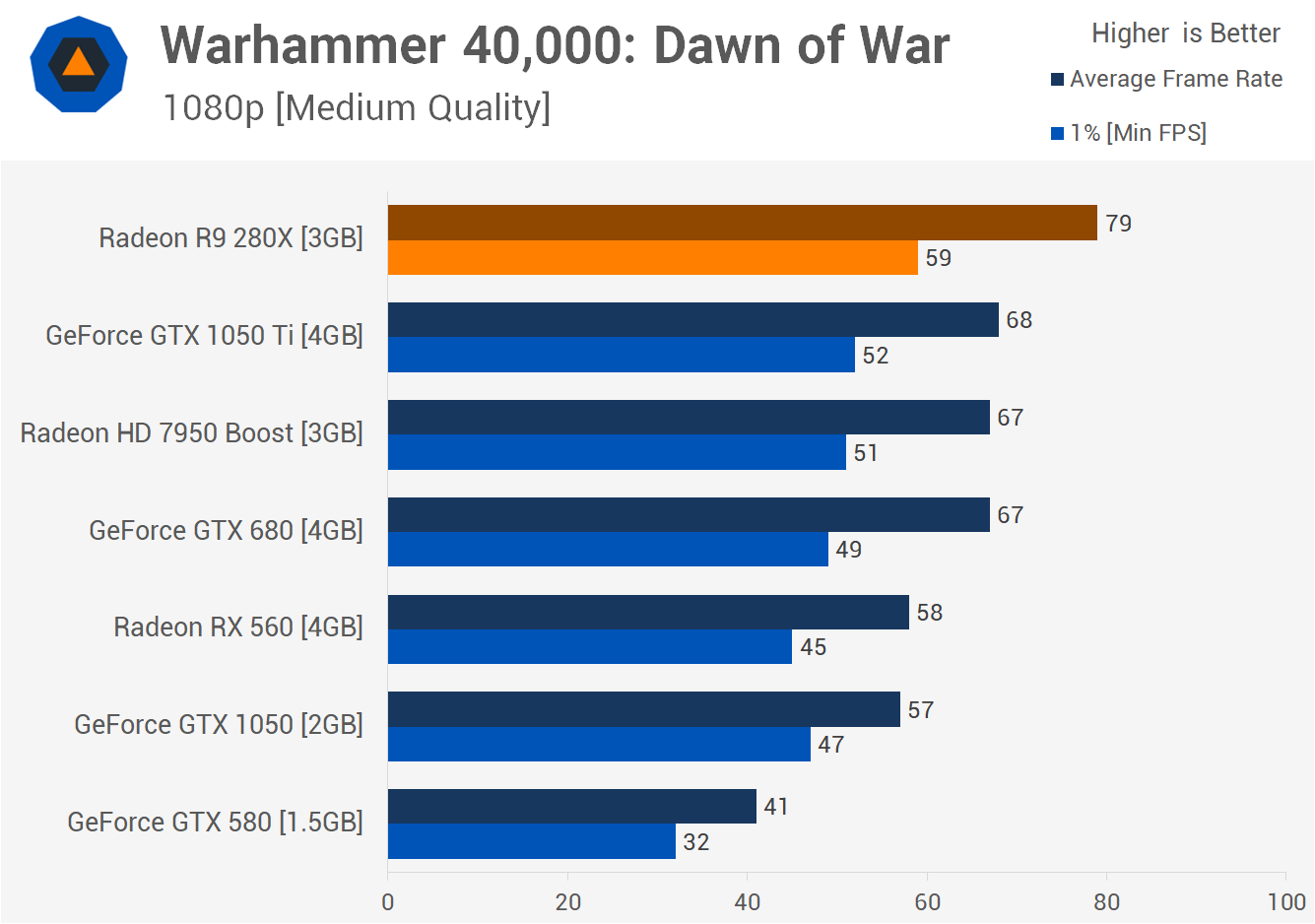
Moving on to Dawn of War III and here we see the R9 280X continuing to tear the competition apart with an average of 79fps, which works out to 16% faster than the GTX 1050 Ti and 18% faster than the HD 7950 and GTX 680. I should also note that the 1% low result of 59fps was greater than the average result for the RX 560 and GTX 1050.
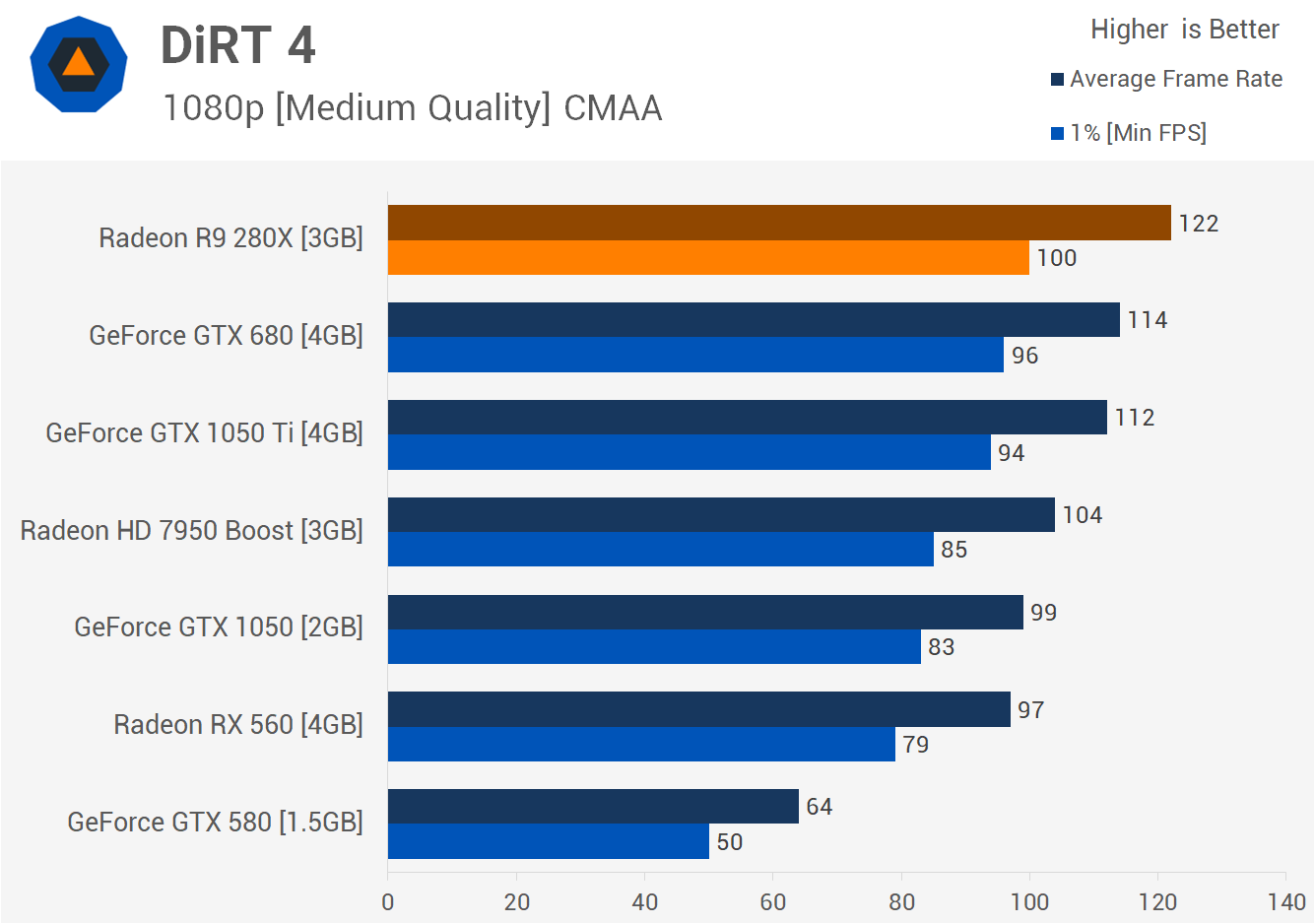
The R9 280X also does well in Dirt 4 and here it managed to edge out the GTX 680 by a 7% margin. Testing was conducted using the medium quality settings so it's fair to say you could crank up the visuals with the 280X.
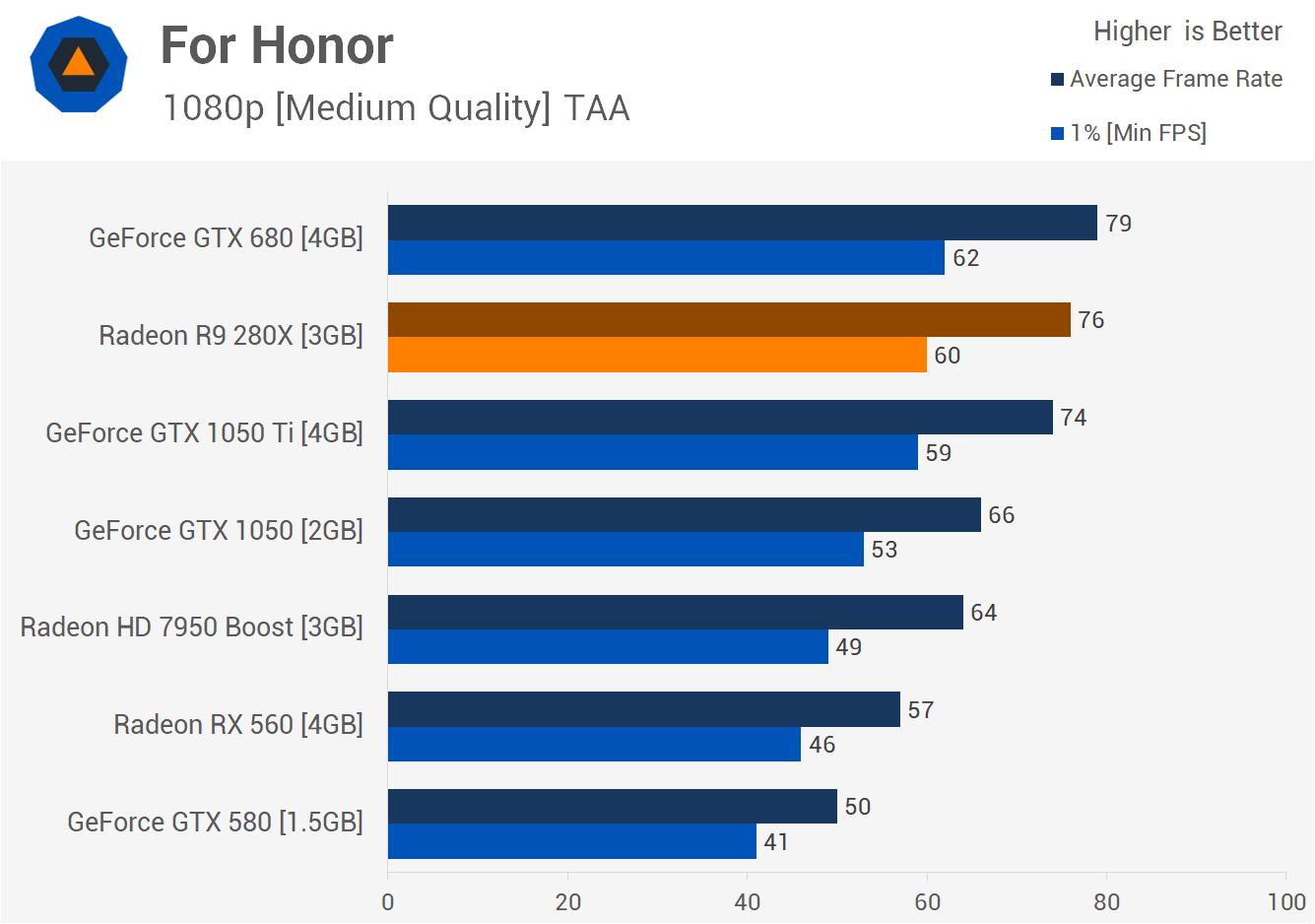
Next up we have For Honor and for the first time so far we see the GTX 680 beating the R9 280X, though only by a mere 4% margin. Overall performance was good and you could probably get away with higher quality settings and still see an average of over 60fps.
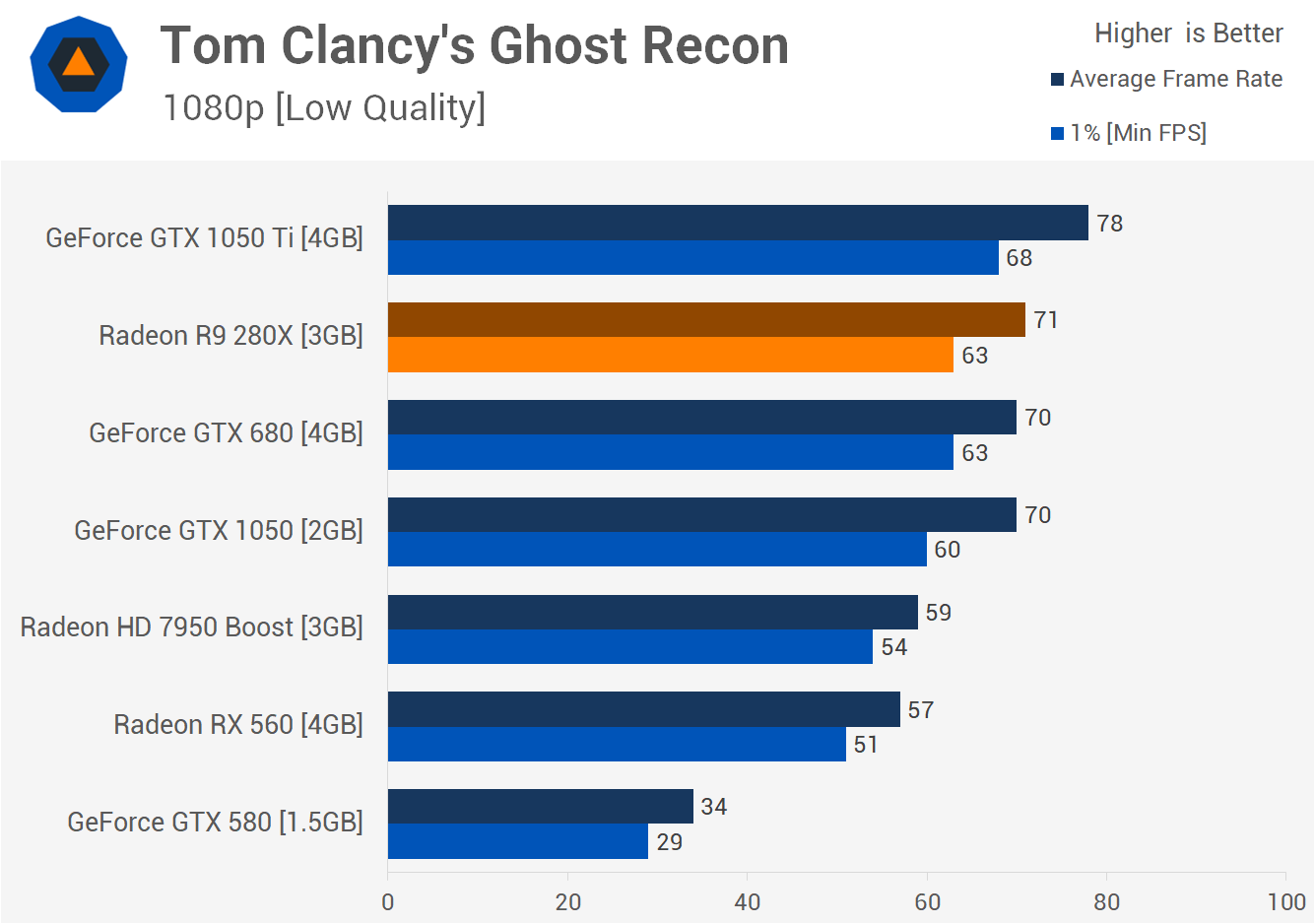
Moving on to Ghost Recon Wildlands, the R9 280X matched the GTX 680 and GTX 1050 while it was 10% slower than the GTX 1050 Ti – a reasonable result in this title though we are only using the low quality preset so optimization isn't the best here.

The R9 280X runs away with it in Mass Effect Andromeda, hitting 81fps on average or about 14% faster than the GTX 680. It also edged out the GTX 1050 Ti and crushed the GTX 1050.

The 280X just beats the GTX 1050 Ti in Prey while it was comfortably ahead of the GTX 680, though with both pushing over 60fps at all times you'd struggle to spot the difference.
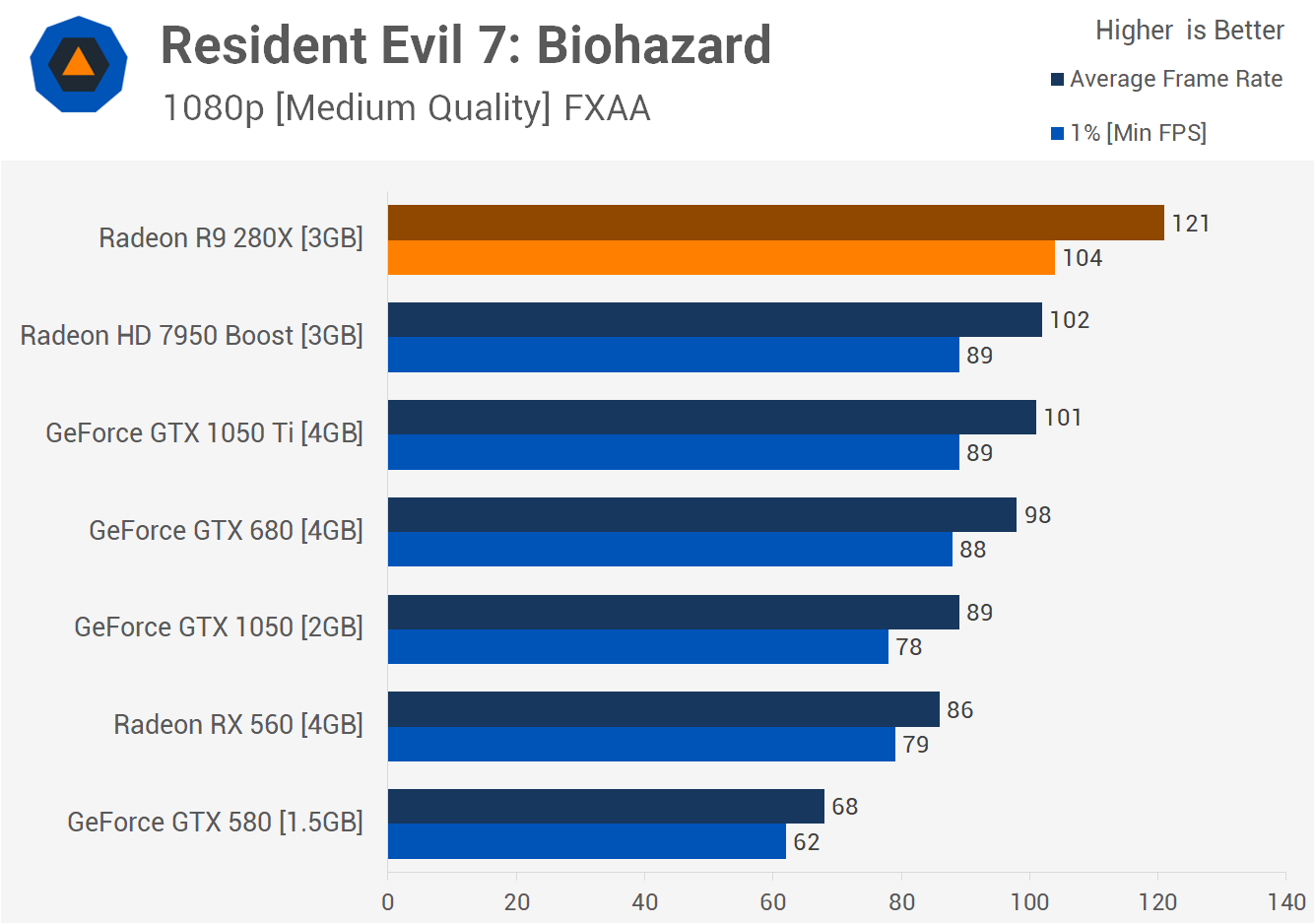
The 280X blasted the competition in Resident Evil 7, beating the GTX 1050 Ti by a 20% margin and the GTX 680 by 23%, so a clear victory for AMD's rebadged HD 7970.

The R9 280X was 10% faster than the GTX 680 on average across the eight games we tested, though it has to be said that our spread of games is unintentionally kind to the red team. We recently saw that the HD 7950 struggled against the GTX 760 in titles such as Counter-Strike, Dota 2, Fortnite, Overwatch and PlayerUnknown's Battlegrounds. Had those titles been included, then the 280X and GTX 680 might have come out of this offering a similar level of performance overall, so keep that in mind. That said, let's move on to see how the R9 280X plays in a few of these titles.
Game Footage

First up, I played a few rounds of Rainbow Six Siege and found that on average the R9 280X was good for over 100fps when using the medium quality settings at 1080p. In this same section of the game, the 280X was roughly 30% faster than the GTX 680. Whereas the GTX 680 averaged 108fps with dips as low as 88fps, the 280X never dropped below 106fps and this allowed for an average of 139fps.

We saw that previously the R9 280X was over 20% faster than the GTX 680 in Battlefield 1 and this had a big impact on the quality settings we were able to use. Whereas the GTX 680 was limited to the medium quality settings for playable performance the R9 280X could handle ultra and still push over 50fps at all times when gaming at 1080p – an impressive result for the old AMD GPU.

The R9 280X powered through Battlefront II using the high quality settings, providing highly playable performance. Under the same conditions it was 18% faster than the GTX 680 in this title. Overall we saw an average of 69fps with a minimum of 59fps.

Moving on to Fortnite here we saw an average of 105fps with drops down to 69fps in our 10 minute test. Although this performance using the medium quality settings at 1080p is only comparable to what we saw with the GTX 760, it's obviously still very playable and you could certainly afford to turn the quality settings up a notch or two.

Although not an apples to apples comparison with the GTX 680, in Overwatch we did use the same quality settings and overall performance was almost identical. Using the ultra quality settings the 280X was silky smooth churning out 87fps on average with a minimum of 70fps, so a great result overall.

Finally I gave PUBG a whirl and was forced down to the medium quality preset, which was also the case for the GTX 680. In fact, despite playing on a different map we still saw the same 66fps average, so overall performance should be similar between the two. In my test with the 280X I saw a minimum of 52fps with an average of 66fps – a playable result overall but if you want to maintain over 60fps you'll have to try the low or very low quality settings.

The Radeon R9 280X wasn't the most power efficient GPU released in late 2013 and remember it was based on year and a half old tech at the time. It was still a massive improvement compared to the GTX 580 and given that it now beats the GTX 680 in most tests, performance per watt is very good in contrast. Given the 8700K @ 5GHz and R9 280X combo consumed less than 300 watts when gaming, which shouldn't exactly put your power supply to the test.
Wrap Up
There you have it, 2013's Radeon R9 280X or 2012's HD 7970, they look to be pretty capable after all these years. Under normal circumstances, you'd never entertain the idea of spending well over $100 on one of these cards, but today if you had a thousand of them listed for $100, they'd probably all sell before the week ended.
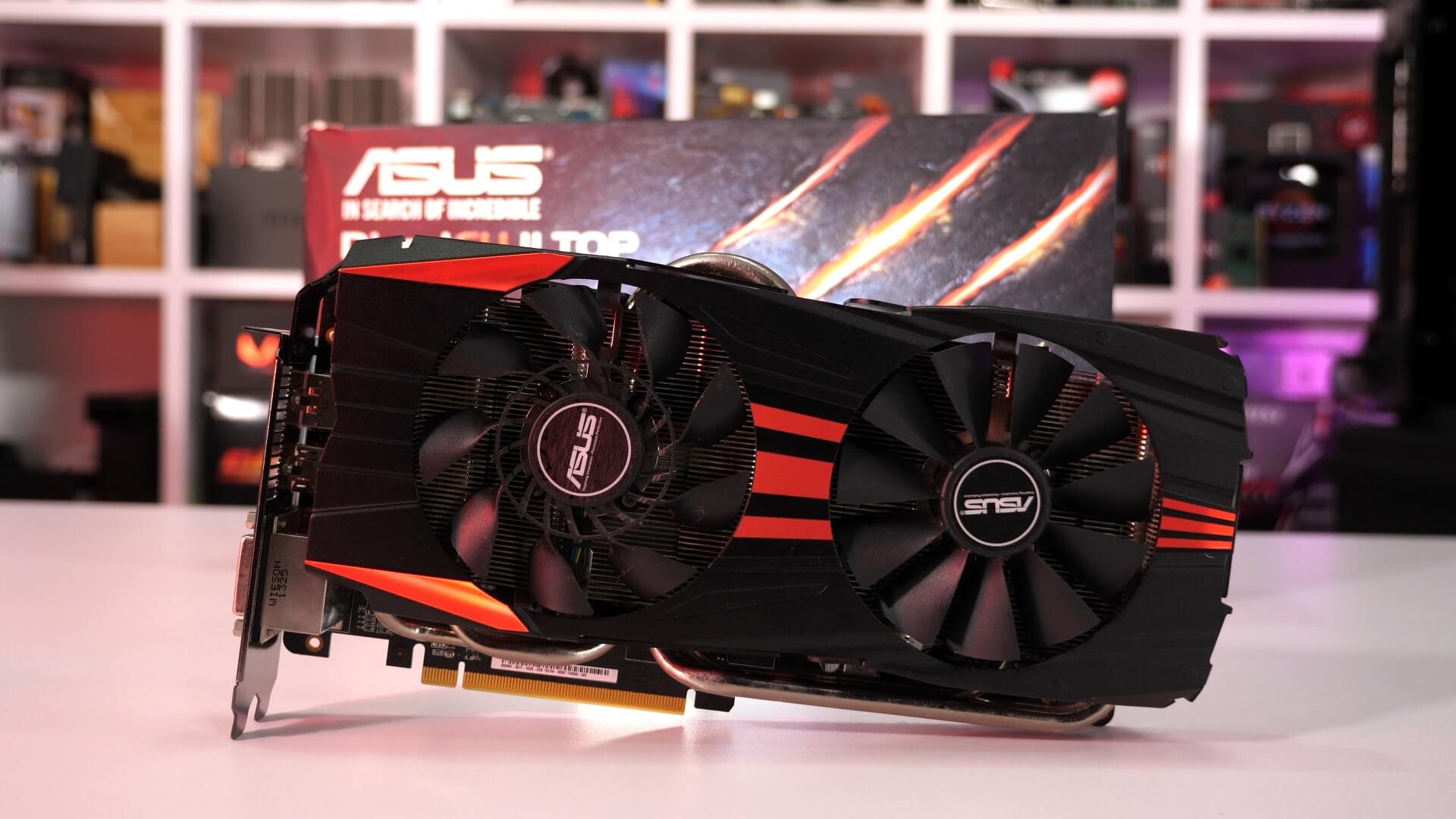
Because of these market conditions, you can expect to pay ~$170 and that's actually the average sale price for the 280X on eBay during the March period. At the time of writing this, the RX 560 and GTX 1050 cards are selling for about $160, while the 1050 Ti is fetching at least $220.
The Radeon 280X seems viable given that it's 9% faster than the 1050 Ti on average and the fact that it costs around 20 to 25% less. Meanwhile, for around the same money as the vanilla 1050, we saw 25% more performance. Of course, being a much older product, the 280X consumes loads more power, but the big aftermarket models I have on hand from Sapphire and Asus run reasonably cool and quiet.
The big hurdle for potential buyers is the fact that they are second-hand products and there's no chance of replacing them under warranty should something go wrong. All that said, I'd put my budget cap for a 280X at $150 and there are examples of working cards selling for as low as $130, if you get lucky. The R9 280X remains solid for 1080p gaming and you'll have a heap of fun with it if that's your purpose for the card.
